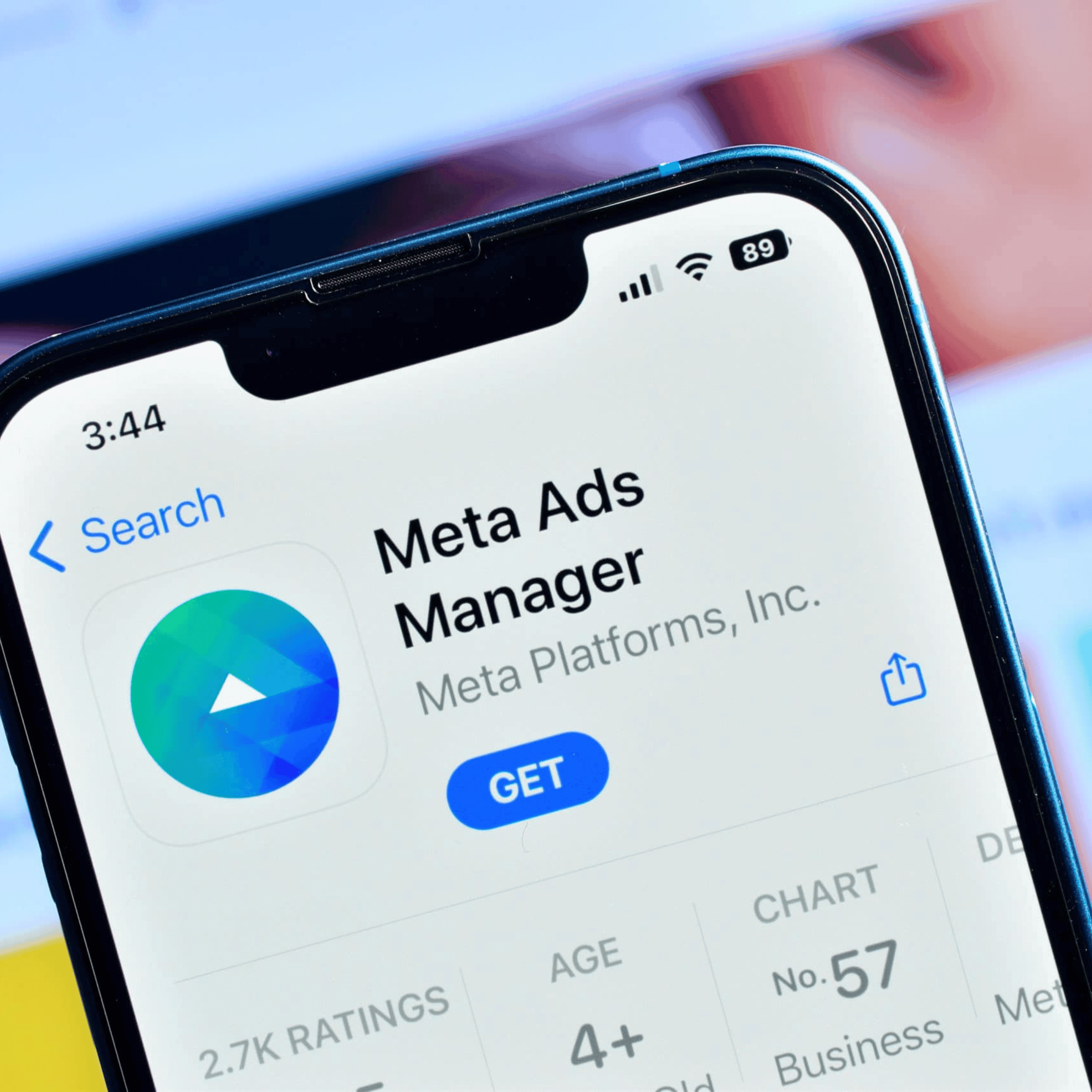Meta has officially launched AI Shopping Ads, a new advertising format powered by machine learning that promises to redefine product discovery and performance marketing across Facebook, Instagram, and Messenger. For direct-to-consumer (DTC) ecommerce brands, these ads represent a shift away from manual audience targeting and toward algorithm-driven personalization designed to increase return on ad spend (ROAS) and improve campaign efficiency.
As privacy regulations limit third-party tracking and consumer behavior shifts toward in-platform shopping, Meta’s new AI Shopping Ads are built to serve highly personalized, catalog-connected ads to the right customers at the right moment. Here’s what brands need to know—and how to prepare.
What Are Meta AI Shopping Ads?
AI Shopping Ads are a suite of automated product advertising tools that use Meta’s machine learning infrastructure to dynamically match ecommerce products with individual users based on behavioral signals and real-time engagement.
Unlike traditional product ads, these new formats are optimized entirely through artificial intelligence, minimizing the need for manual targeting, budget allocation, or creative testing. They automatically source creative from a brand’s product catalog and optimize ad content, placement, and delivery across Meta’s platforms to drive conversions at scale.
These ads are designed to work across:
- Facebook and Instagram feeds
- Reels and Stories
- Messenger and Facebook Marketplace
- Shops on Facebook and Instagram
Meta’s goal is to shorten the path to purchase while reducing friction in the buying process—especially for mobile-first shoppers who are increasingly discovering and purchasing products within social apps.
Core Features of AI Shopping Ads
Dynamic Product Selection
The system automatically chooses the best products to show each user from a brand’s catalog, based on real-time behavior, past engagement, and contextual intent signals.
Creative Assembly and Optimization
Meta dynamically tests various combinations of product images, headlines, calls to action, overlays, and pricing to determine what creative is most likely to convert for each viewer.
Placement Automation
Instead of requiring advertisers to allocate spend manually across placements, Meta distributes AI Shopping Ads wherever they are most likely to generate clicks and purchases, whether in Reels, Shops, Stories, or feeds.
Deep Catalog Integration
Product data is pulled directly from a brand’s catalog via Facebook Commerce Manager or ecommerce platforms like Shopify and BigCommerce. Inventory levels, pricing, and availability are updated automatically.
Campaign Compatibility
AI Shopping Ads are built to work seamlessly with Meta’s Advantage+ Shopping Campaigns, which automate bidding, budgeting, targeting, and placement within a single campaign structure.
Why Meta Is Prioritizing AI-Powered Shopping in 2025
AI Shopping Ads are Meta’s response to multiple shifts in the ecommerce and advertising landscape:
- Consumer Shopping Habits Are Changing
Product discovery is increasingly happening in social feeds, short-form video, and platform-native environments. Consumers are no longer starting with a search query—they are influenced by curated, personalized content. - Privacy Changes Have Reduced Ad Signal Quality
Apple’s App Tracking Transparency (ATT) framework and other privacy regulations have made traditional interest-based targeting less effective. AI-powered systems help compensate by optimizing performance based on on-platform behavior and first-party data. - Retail Media Competition Is Rising
Platforms like Amazon, TikTok, and Walmart are drawing ad budgets through performance-based, in-platform shopping. Meta is responding with a solution that merges content, commerce, and personalization. - Mobile Commerce Requires Simplicity and Speed
AI Shopping Ads reduce friction by offering one-click purchase paths through Shops and other native checkout environments, supporting the impulse-driven nature of mobile-first purchases.
Benefits for DTC Ecommerce Brands
Increased Advertising Efficiency
Meta’s automation simplifies campaign setup and execution. Instead of manually managing audience segmentation, budget pacing, and creative testing, brands can rely on Meta’s systems to optimize performance in real time.
Improved Product Visibility
The algorithm surfaces trending and high-converting products based on user behavior. This enables faster testing of new SKUs, better understanding of demand signals, and quicker identification of top performers.
Higher ROAS with Less Manual Effort
With more precise product targeting and optimized creative, brands can achieve better results while spending less time managing campaigns. This is especially valuable for lean ecommerce teams with limited media buying resources.
Enhanced Personalization
Because Meta’s systems learn from user actions across Facebook and Instagram, ads are increasingly personalized—even without relying on third-party cookies or cross-site tracking. This can improve click-through rates and reduce cost per acquisition.
Scalability Across Multiple Channels
AI Shopping Ads are designed to run across all of Meta’s surfaces simultaneously. Brands no longer need to create separate campaigns for Reels, Shops, Stories, or Marketplace.
Considerations and Potential Challenges
Reduced Control Over Targeting
Brands accustomed to tightly managed ad structures may find Meta’s automation limiting. There is less control over specific audience segments, placement exclusions, or manual creative testing.
Dependence on Data Quality
AI performance depends on clean, accurate product data. Incomplete product feeds, missing images, or poorly written descriptions can severely degrade performance.
Increased Competition in Shops and Reels
As more brands adopt AI Shopping Ads and Meta Shops, competition for attention within native placements like Reels and Stories will intensify. Creative excellence and brand storytelling will be essential.
Creative Still Drives Performance
Although AI handles optimization, the inputs still matter. Brands must invest in high-quality product photography, compelling copy, and diverse creative assets to feed into Meta’s systems.
How to Prepare Your Ecommerce Brand
Optimize Your Product Catalog
Ensure your product feed is complete, accurate, and well-structured. Include product type, pricing, availability, descriptions, and metadata. Meta’s algorithms rely on this information to determine ad relevance and targeting.
Provide Diverse Creative Assets
Submit multiple product images, lifestyle photos, short videos, and promotional variations. This allows Meta’s AI to assemble and test different ad formats tailored to specific users and placements.
Enable Facebook and Instagram Shops
By linking AI Shopping Ads to your Meta Shop, you can reduce the number of steps in the conversion funnel and take advantage of native checkout functionality.
Implement Meta’s Conversions API
Install the Conversions API to send server-side event data directly to Meta. This helps improve tracking accuracy, attribution, and ad delivery—especially in light of limited browser-based tracking.
Start Testing Advantage+ Campaigns
Advantage+ Shopping Campaigns combine audience, placement, and budget automation. Pairing them with AI Shopping Ads allows brands to quickly scale high-performing campaigns with minimal manual adjustments.
SEO Considerations
Meta’s AI Shopping Ads not only impact paid social performance, but they also support a broader ecommerce growth strategy:
- Product insights from ad performance can inform keyword targeting and content strategy for product pages and SEO.
- Increased brand awareness and traffic through Shops and Reels can improve branded search volume and organic CTR.
- Creative learnings can be applied to landing pages, email campaigns, and organic social posts.
Key Takeaways
Meta’s AI Shopping Ads reflect a broader evolution in ecommerce advertising: toward automation, personalization, and seamless in-platform purchasing. For DTC brands operating on platforms like Shopify or BigCommerce, these new ad formats provide an opportunity to reduce overhead, increase sales, and compete in high-performing shopping environments.
To make the most of this shift, brands should:
- Optimize their product catalogs with rich metadata and compelling content
- Embrace automation through Meta’s AI tools and Advantage+ campaigns
- Invest in creative diversity to fuel dynamic ad formats
- Improve tracking and attribution using Conversions API
- Prepare to compete in mobile-first, video-centric placements like Reels and Stories
Brands that adapt quickly and feed Meta’s AI the right inputs—clean data, great creative, and seamless shopping experiences—will be best positioned to scale profitably in 2025 and beyond.

Ready to scale your DTC brand with smarter fulfillment?
Contact Us





